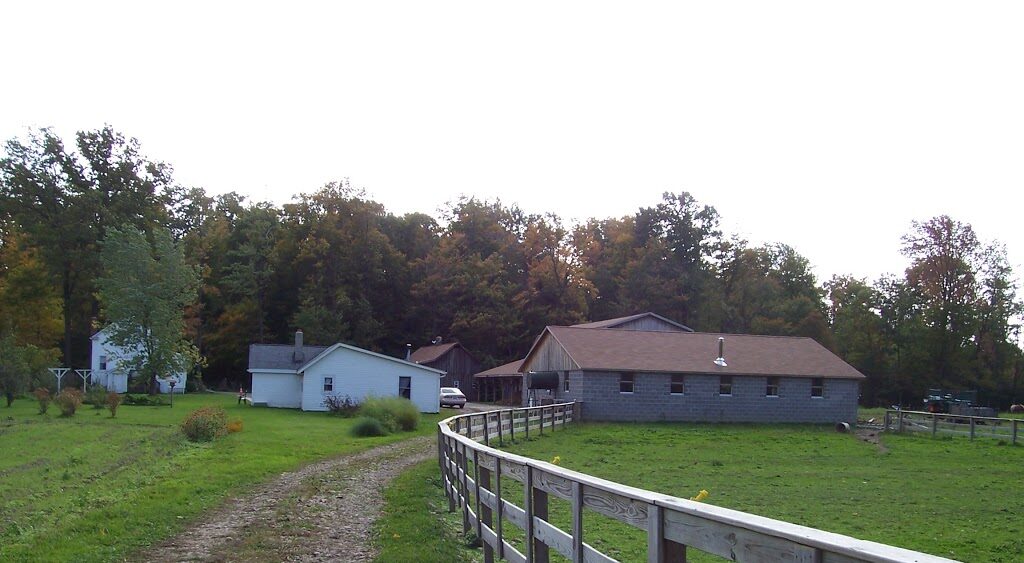
Shunning: Amish Style
There is a common perception in mainstream American culture that the Amish practice of shunning means that those who leave are shut out of their family and culture for the rest of their lives with no contact. Even in the strictest of Amish communities, this is not usually the case. The Amish practice of shunning is nuanced and in some cases even ambiguous. It is designed, in their view, to reform the one who sinned (normally by leaving the community) by withholding the family and community relationships. The one being shunned for leaving normally experiences the practice as rejection, and guilt- and shame-inducing. Guilt that we left our poor parents feeling like they didn’t raise us right, or else we would have stayed Amish, and shame for causing our family and friends grief. Worst of all is that our family and original community think of us as sinners who are damned.
There are as many nuances to Amish shunning as there are Amish families. Each community has its own level of strictness. Then each family within each community has their own level of shunning for any sons or daughters who leave.
Normally, the Amish style means that the one being shunned may not eat with their family members. Those who are upholding the shunning may not accept gifts from the one being shunned, nor may they do business with that person. My family or community members would not ride in my car with me, even though were allowed to ride in someone else’s car. My parents also never visited my home after I left.
In some stricter communities, those who have left are not welcome to attend a funeral if a family member dies. In my view, this is one of the cruelest forms of shunning. It is reminiscent of the stories we heard growing up of our martyr ancestors in Germany and Switzerland. The authorities would steal the bodies of the deceased to deprive the loved ones of their grieving rituals.
There is enough variation in Amish shunning that I can best describe it by relating how I experienced it. During my first visits home after I left the final time, David and I were allowed to eat with my family. Apparently they were criticized for that, so the next time we visited we sat a separate table only about six inches away from the family table. Not only were my parents criticized for that, but they also had to make a confession in church for not adhering to stricter shunning. After that they stopped eating with us altogether.
This is the ambiguous part of shunning. My parents didn’t think there was anything wrong with eating at separate tables until they were asked to make a public confession. Another more popular family in my community may have gotten away without any consequences for this. By punishing my parents for eating with me and having them tell me about it, the church elders heaped even more guilt and shame on me than if my parents had shunned me to start with.
The Amish style of shunning is effective in creating the idea of “redemption” of the family relations, if only we were to return and take up our rightful place in our family and community. This causes much more inner conflict (in some cases even torment) than if the relations were severed altogether. A relationship that is severed completely is extremely difficult because it requires grieving the complete loss of one’s family. And yet, the Amish form of shunning requires that we go through that grieving process many times over. Now that my parents are both deceased and I don’t have many connections to my original community, I feel free to live my life as I see fit.
To discover how others experienced shunning, you can view the excellent PBS documentary “The Amish: Shunned” that aired on American Experience in 2014, by clicking on this link.
Below is an excerpt of this film.
Top photo by David Furlong. Taken at my “home place” years after I left. Note the car to the right of my parents’ little “Dodde” (Grandfather) house, a reminder that I came in from the outside.
